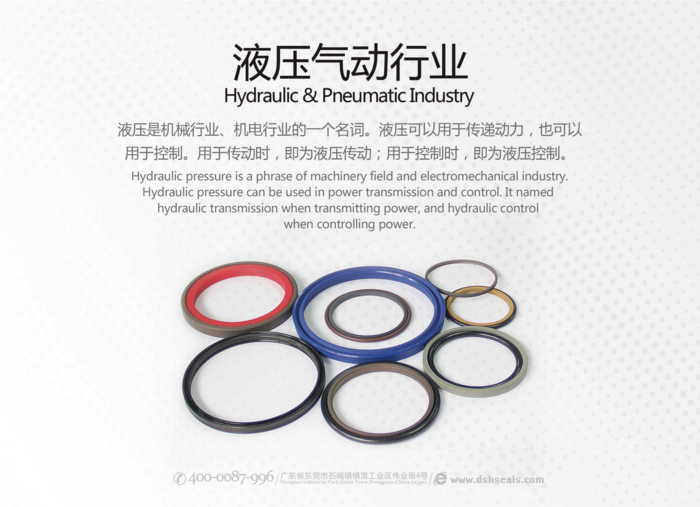Product Series
News
Characteristics of PTFE material for hydraulic seals
Update:2018-08-29
Hydraulic seals are commonly metal seal materials, PTFE, synthetic rubber, and flexible graphite seal materials etc.
PTFE - the industry is also called the king of plastics, nicknamed Teflon, Devon. This material is resistant to acids and alkalis and is resistant to various organic solvents, it is almost insoluble in all solvents. At the same time, PTFE has the characteristics of high temperature resistance, and its friction coefficient is extremely low, so it can be used as a lubricant for lubricating the inner layer of the water pipe.
Characteristics of PTFE:
The PTFE in the hydraulic seal can almost resist the corrosion of all strong acids, alkalis and strong oxidants; it has a very low friction coefficient and is a good anti-friction, self-lubricating hydraulic seal material.
However, its thermal conductivity is very poor. Bronze powder, molybdenum disulfide, graphite, etc. can be added to the polytetrafluoroethylene of the hydraulic sealing material to improve the thermal conductivity and self-lubricating properties of the sealing material.
In addition, there is a high temperature resistance and low temperature resistance, and the operating temperature range is -180...+250 °C. Good water resistance, high aging resistance, non-combustibility, toughness and processing properties. Rubber-hydraulic sealed PTFE is commonly made into V-type seals or O ring.
In addition, other sealing materials such as Teflon-coated stainless steel and PTFE-coated rubber hydraulic seals can be coated with PTFE to form a composite sealing material hydraulic seal or rubber seal, because they combine the advantages of one or more types of sealing materials, have a better sealing effect.

